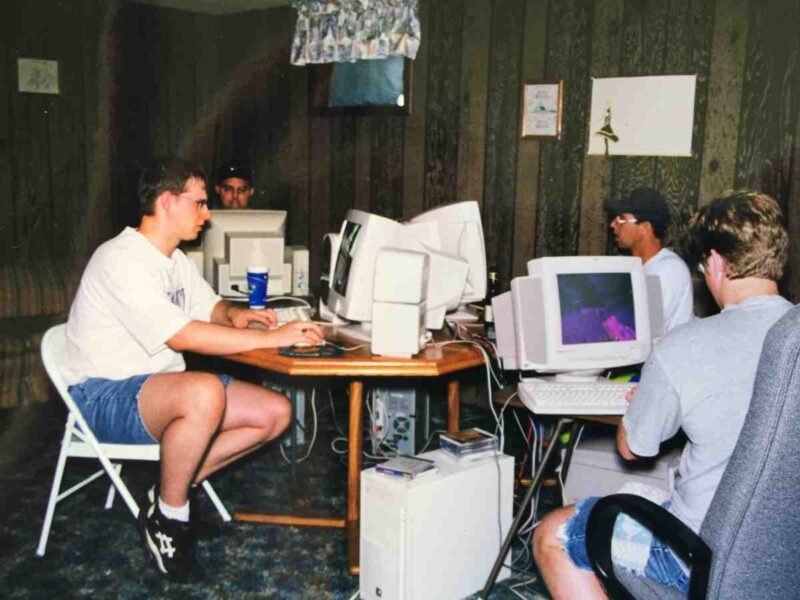Social Media Did Not Do This To You
We might describe the current human fascination as a desperate search for scapegoats. You either face the elephant in the room or invent a scapegoat, and the elephant in the room is that humans cannot rule themselves; democracy has failed, and we need in loco parentis strong leaders because in groups, we always choose pleasant but self-destructive paths.
One of those scapegoats is technology. We either blame technology as a whole or specific technologies like smartphones or social media, but it serves as a scapegoat. In the same way, neo-Nazis blame Jews and Negroes to avoid noticing that democracy has failed, and Leftists blame the rich and the White for the same reason.
In the end, it just reinforces the observation that humanity cannot self-rule and needs a leadership caste to keep it from pursuing its weird little fascinations while ignoring actual problems, a process that dooms it. What further proof do you need than an election about casual sex protected by abortion as the debt heap climbs ever higher?
They have good reason to need a scapegoat — democracy is driving people insane — but much of that manifests outside of the internet entirely, since a broad section of the population is going nuts:
“There has been a significant increase in poverty, deprivation, housing insecurity and homelessness, loneliness and isolation over the last 15 years and these issues are all associated with depression and anxiety. It is therefore not surprising that we have seen a dramatic rise in people struggling with mental illness, including those who are at risk of self-harm and suicide.”
In fact, this explanation — political instability causing economic instability — is much more convincing than some of the other scapegoats for the outbreak of neurological problems that accompany the massive rise in mental health issues:
The number of people living with or dying from disorders of the nervous system has risen dramatically over the past three decades, with 43% of the world’s population – 3.4 billion people – affected in 2021, according to a study published in the Lancet.
The analysis in the Global Burden of Disease, Injuries, and Risk Factors study suggested that the total amount of disability, illness and premature death caused by 37 neurological conditions increased by just over 18% from about 375m years of healthy life lost in 1990 to 443m years in 2021.
Researchers said the rise was owing to the growth of the global population and higher life expectancy, as well as increased exposure to environmental, metabolic and lifestyle risk factors such as pollution, obesity and diet respectively.
No doubt the microplastics, airborne pollution, increased EMF, seed oils, glyphosate, and sitting in a chair for twelve hours a day have contributed to the neurological side, especially end-of-life illnesses. However, this is happening worldwide, and not just in the West, so there is likely another cause.
One explanation might be that democracy drove people insane to the point where their brains are disintegrating under the assault of constant lunacy and hysteria. Another might be that these things occurred in parallel as the result of many factors but the result is that most modern people are pants-on-head insane.
Our society has instead decided to scapegoat social media, but recent research suggests that computer-mediated communication (CMC) has not changed over the years because our behavior has not changed:
Despite the evolution of social media platforms and changing social norms over three decades, the study findings represent a significant consistency in user interaction dynamics based on a constant human component.
“Analysing multiple platforms is key to isolating genuinely human behavioural patterns from simple reactions to the idiosyncratic online environments. The attention is too often focused on the specific platform, forgetting human nature. Our study is an important step to change this attitude and move the spotlight back on who we are and how we act.”
In other words, just like our civilization dies from typical human behavior patterns, so too does social media get defined by human usage patterns, which include people responding more to provocative material but otherwise lapsing into straight-up denial of anything actually relevant so they can chase titillating and stimulating irrelevancies instead.
Tags: computer mediated communication, insanity, mental health, social media










